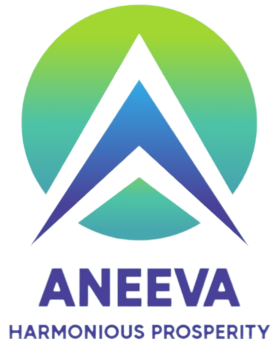Certainly! Different types of carbon offset programs issue different kinds of carbon credits based on the specific activities or projects that they support. Here’s an explanation of how various carbon offset programs issue different types of carbon credits:

Renewable Energy Credits (RECs)
These credits are issued for every megawatt-hour (MWh) of renewable energy generated and fed into the grid. The credits represent the clean energy produced by sources like wind, solar, or hydro power.These credits are issued for every megawatt-hour (MWh) of renewable energy generated and fed into the grid. The credits represent the clean energy produced by sources like wind, solar, or hydro power.
Energy Efficiency Credits
These credits are earned by organizations or individuals who implement energy-efficient technologies or practices, reducing their carbon footprint. These credits are earned based on the energy savings achieved through energy-efficient technologies or practices. The more energy you save, the more credits you earn.


Cap-and-trade credits
In cap-and-trade systems, companies are allocated a certain amount of emissions they can produce. If they emit less than their allocation, they can sell the excess as carbon credits to companies that exceed their limits. Companies are allocated a certain number of emission allowances. These allowances represent the right to emit a certain amount of carbon dioxide. If a company emits less than its allowance, it can sell the surplus as carbon credits to companies exceeding their limits.
Agricultural Carbon Credits
These credits are generated through agricultural practices that sequester carbon in soil, such as no-till farming or agroforestry.These credits are earned through agricultural practices that sequester carbon in soil. For example, no-till farming reduces carbon emissions, and farmers can earn credits based on the amount of carbon they sequester.
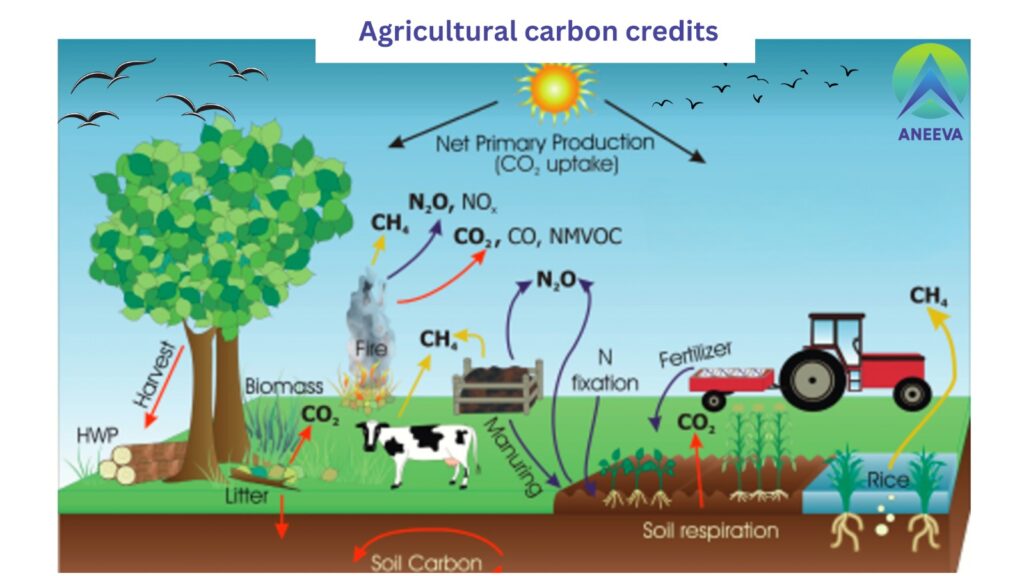
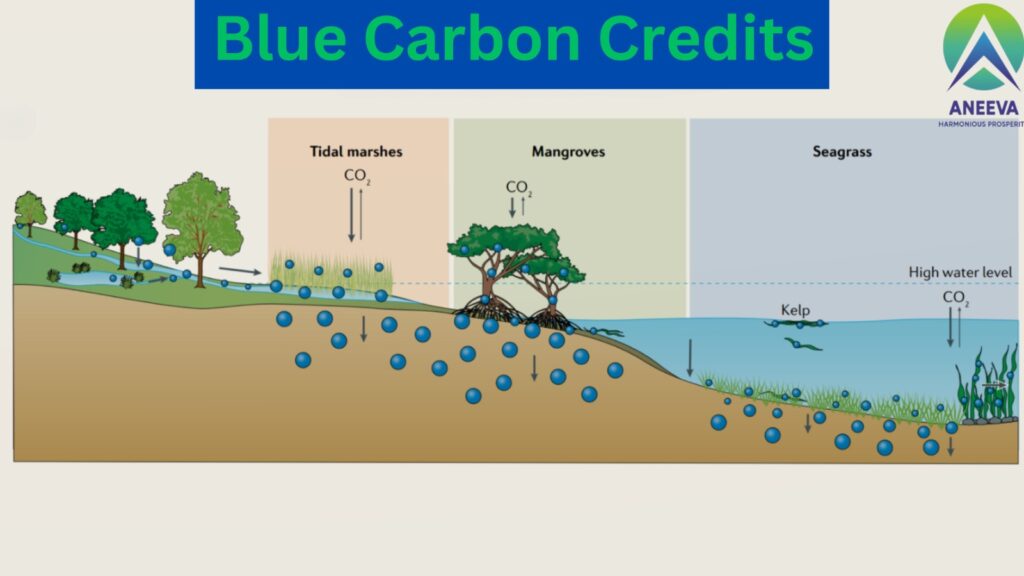
Blue Carbon Credits
These credits are generated by conserving and restoring coastal and marine ecosystems, like mangroves and seagrasses, which are excellent carbon sinks. These credits are earned based on the conservation or restoration of coastal and marine ecosystems. The number of hectares of coastal habitat restored or protected determines the credits issued.
Transportation Credits
Credits can be earned by reducing emissions in the transportation sector, such as through the use of electric vehicles, biofuels, or public transportation projects. Programs that encourage the use of public transportation or the adoption of low-emission vehicles may issue credits based on the number of vehicle miles reduced or the emissions saved.
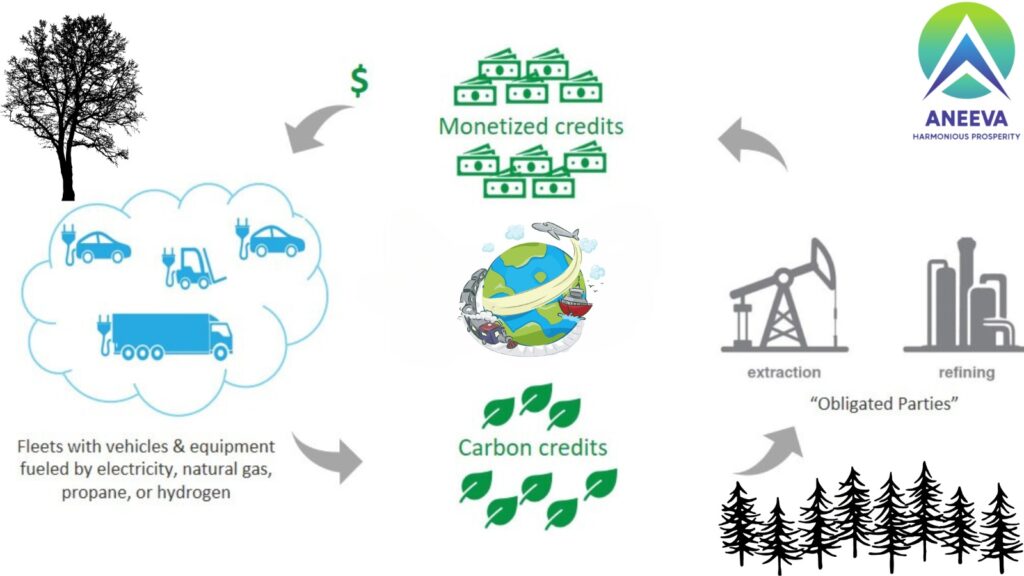

Industrial Process Credits
Certain industrial processes generate a lot of emissions. Credits can be earned by implementing technologies or practices that reduce emissions in these processes. Industries can earn credits by implementing technologies or practices that reduce emissions from their processes. These credits are typically calculated based on the emissions reduced.
Voluntary Carbon Credits
These credits are bought and sold on voluntary markets, rather than being mandated by government regulations. They are often used by individuals and organizations to offset their carbon emissions voluntarily. In voluntary markets, carbon credits can be generated from a wide range of activities, from tree planting to supporting renewable energy projects. The type of credits issued depends on the specific offset project.
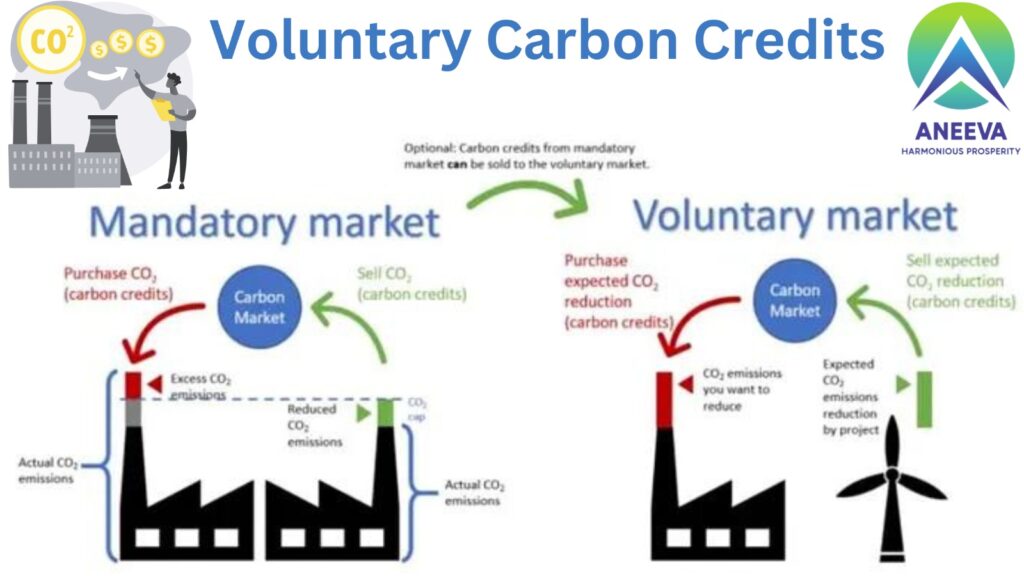
Social Carbon Credits
These are a newer concept where credits are generated by projects that not only reduce emissions but also have positive social impacts, such as job creation in impoverished areas.
